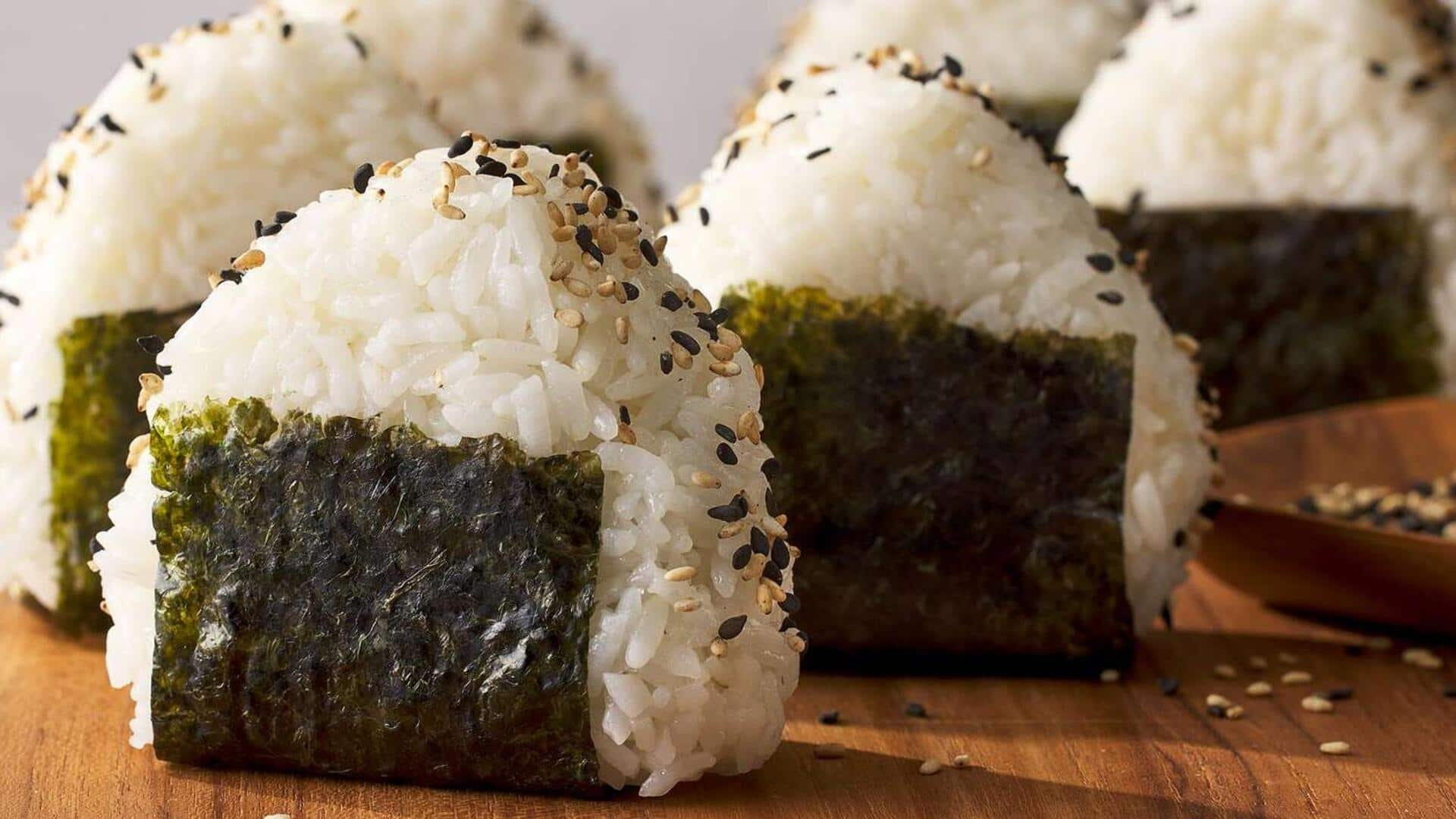
Exploring the evolution of traditional Japanese onigiri
What's the story
Onigiri, a Japanese cuisine staple, has been savored for decades. This humble rice ball, commonly wrapped in seaweed and stuffed with a range of fillings, has come a long way. Once a handy meal for travelers and soldiers, onigiri has become a beloved snack available at convenience stores and restaurants around the globe. Its journey mirrors Japanese culture, technology, and taste evolution.
Historical roots
Origins of onigiri
The history of onigiri can be traced back to the Heian period when it was referred to as tonjiki. These primitive rice balls served as a practical meal while on the go. The basic nature of onigiri made it an ideal option for anyone looking to get something to eat on the go. Over the years, its popularity spread among common people because of its easy preparation and versatility.
Contemporary twists
Modern variations
Today, onigiri is available in a variety of forms to suit different palates. Although traditional fillings like pickled plum are still favored, modern-day versions may contain cheese or avocado. The addition of new flavors is a testament to Japan's receptiveness to the world while preserving its culinary roots.
Production innovations
Technological advancements
Advancements in technology have also contributed to the evolution of onigiri production. Today, machines mass-produce these rice balls with utmost precision and consistency, making them easily available at affordable prices. This technological shift has made it possible for more people to enjoy this traditional snack without compromising on quality.
Symbolic value
Cultural significance today
Despite its evolution over centuries, onigiri retains its roots in Japanese culture as a symbol of comfort food shared among family members or friends during picnics or gatherings. Its continued presence emphasizes how traditional foods can evolve yet hold on to their cultural significance in an ever-changing world.